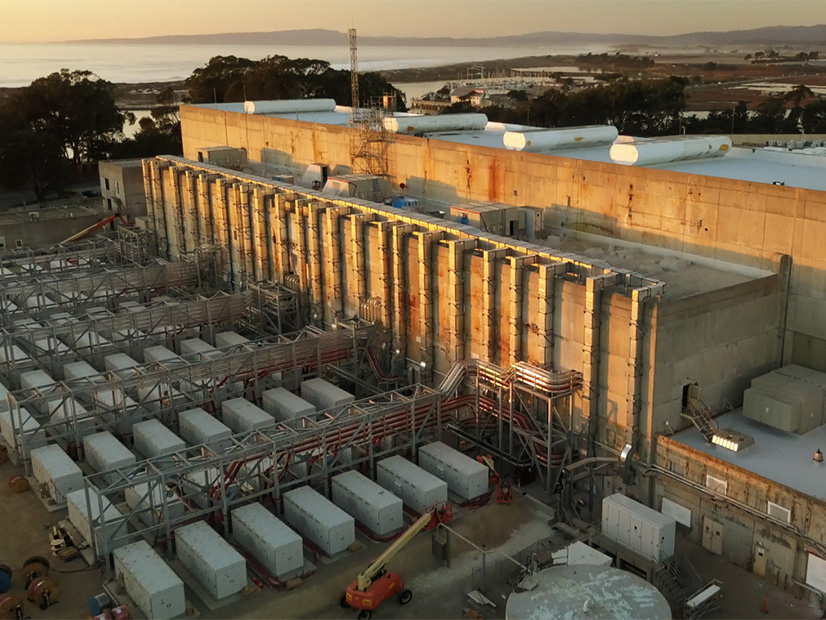FERC on Thursday approved new rules for CAISO intended to improve the performance of energy storage resources and ensure reliability (ER23-1533).
The first of the four new rules will pay storage resources their opportunity costs when they get an exceptional dispatch to hold a state of charge for use later when they are most needed by the grid.
FERC also approved changes to the day-ahead default energy bid for storage to avoid a situation where mitigated bids were causing storage resources to be dispatched in the afternoon, rather than the evenings, when they are needed most. That will be fixed by adding an opportunity cost like the one used in the calculation of real-time default energy bids for storage resources.
The third change relates to how storage resources bid into ancillary services markets to ensure they have enough charge to provide what they bid for. Storage resources will have to submit accompanying energy bids in the real-time market that cover at least any capacity awarded for ancillary services from the day-ahead market.
If a resource deviates from the state of charge anticipated in the day-ahead market and is in danger of not meeting its ancillary services award, then the real-time bid will ensure the resource will still be able to charge or discharge.
FERC approved the first three proposed rules, which did not lead to any debates in the docket.
The final rule change makes it so storage resources are scheduled to provide only the regulation they are capable of, given their constraints.
Vistra, which owns two large storage facilities in CAISO, protested that last rule, saying it gives the ISO broad discretion to account for how regulation awards affect state of charge when determining regulation commitments without providing any detail regarding the parameters and rules that will be used to determine states of charge.
FERC agreed with CAISO that the revisions clarify its responsibility to provide storage resources with achievable regulation awards, given their constraints. The new rules clarify the ISO’s responsibility to continue to refine its optimization software based on storage’s inputs and operational experience in providing regulation, it said.
The commission was not persuaded by Vistra’s protest, saying the language the ISO filed is similar to other parts of the tariff describing how the grid operator optimizes its system. Such provisions require the ISO to take numerous dynamic factors into account in market optimization, but they do not establish new static parameters or standards.
CAISO included examples of how the rule might work in its Business Practice Manuals, which FERC said are also consistent with current practices. The manuals are meant to be guides for internal operating procedures and to inform market participants of the ISO’s practices.
The manuals do not affect any rates, terms or conditions, and the examples in question do not belong in the actual tariff as Vistra contended, FERC said.



